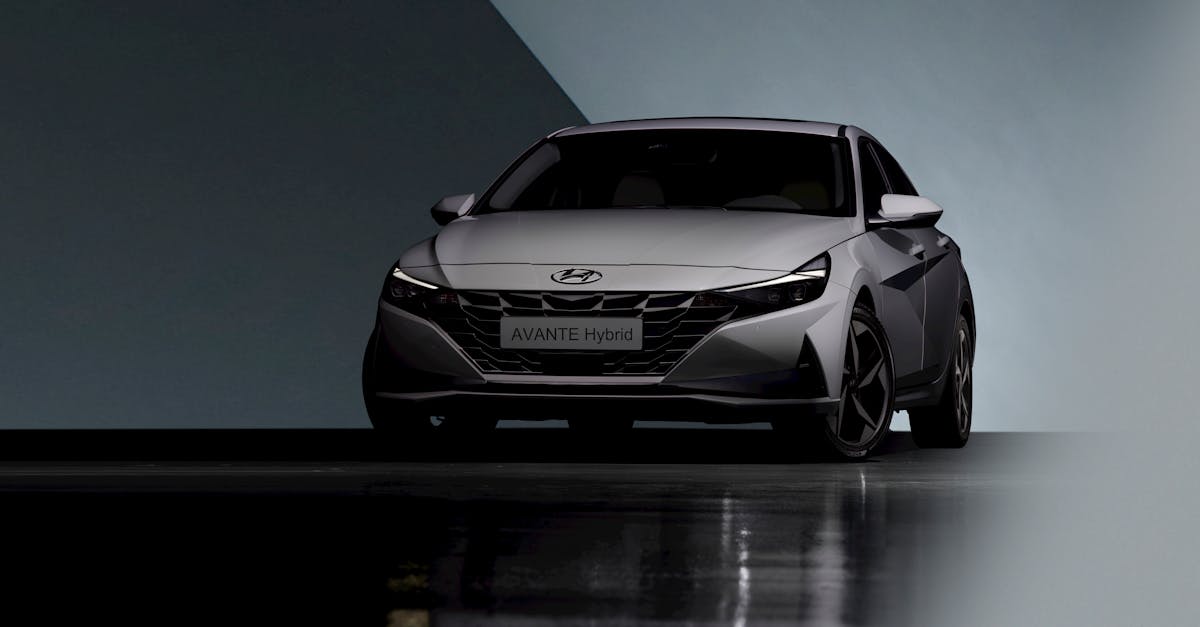As our cities grow like ever-budding trees, the idea of smart cities becomes essential to tackle the various challenges that sprout. Smart cities harness the power of technology and data to uplift urban living, providing answers to issues like traffic snarl-ups, energy use, and public safety. With tools such as the Internet of Things (IoT), Artificial Intelligence (AI), and big data analytics reshaping our urban landscapes, it’s vital to grasp the implications and future paths of smart cities.
In this blog post, we will navigate through the journey of smart cities, spotlight the tech fueling their expansion, consider the citizens’ vital part, and examine real-world examples from around the globe. As we explore the future of urban living, it’s evident that a transformation is blossoming, promising better living conditions and stronger urban resilience.
Understanding Smart Cities
Smart cities utilize advanced information technology to boost the efficiency of urban services and infrastructure. This integration aims to refine public transport, lessen the environmental footprint, and promote citizen involvement.
One key aspect is the embrace of IoT devices, which gather and interpret data in real-time. For instance, traffic sensors can observe congestion levels and adjust signal timings smartly.
“Smart cities are about using technology to create more connected, efficient and sustainable urban areas,” says A. Smith, Urban Planning Expert.
By merging data from various sources, city planners harvest invaluable insights, enabling informed decision-making. Moreover, smart cities aim to empower residents to take an active role in urban planning through digital platforms.
How Technology is Revolutionizing Urban Life
The backbone of smart cities is technology, notably IoT and Artificial Intelligence. IoT devices are integral to urban planning, monitoring everything from streetlights to air quality. For instance, intelligent traffic systems can alleviate congestion by assessing real-time data and fine-tuning signal timings.
Furthermore, AI plays a pivotal role in predictive analytics, aiding cities in future planning. Cities like Barcelona are leveraging AI to enhance public services and foresee maintenance needs.
Additionally, smart energy management systems help diminish carbon footprints. According to studies by the International Energy Agency, smart grid technology can cut energy consumption by as much as 30%.
Examples of Smart Cities Around the World
Smart cities are sprouting across the globe, from Singapore to Amsterdam. Singapore’s Smart Nation initiative emphasizes data-driven solutions to meet urban demands.
An outstanding example is Amsterdam, which utilizes a wide array of IoT applications, facilitating better traffic management and heightened citizen participation through data collection.
These cities exemplify how increased interaction between technology and residents can yield significant rewards, including improved public safety, efficient transport, and sustainable urban ecosystems.
Citizen Engagement in Smart Cities
For smart cities to thrive, active citizen engagement is indispensable. Including residents in decision-making fosters transparency and builds community trust.
Numerous digital platforms enable citizens to share their thoughts and influence urban growth. Initiatives like participatory budgeting allow residents to debate how local funds should be allocated and which projects will best benefit the community.
By nurturing a sense of ownership and accountability, smart cities can adapt to fulfill the unique needs of their inhabitants.
Challenges Ahead
Despite the promising benefits, several challenges lie ahead. Privacy concerns regarding data collection and the risk of technology malfunctions present significant hurdles. Cities must prioritize cybersecurity to defend against breaches and ensure ethical data usage.
Funding and investment are also crucial. As cities shift towards smart infrastructures, substantial financial resources are essential to effectively implement these technologies.
“Adopting smart technology is not a luxury but a necessity for modern cities to stay competitive.”
The Future Outlook
Looking ahead, the future of smart cities gleams brightly as technologies mature and become widely available. As more cities adapt and innovate, a cooperative framework will emerge, fostering scalable solutions and shared knowledge.
Future advancements may involve employing blockchain for transaction security, tapping into sustainable energy resources, and incorporating AI for even more efficient city management.
Conclusion
In summary, smart cities symbolize the next significant evolution in urban living. Utilizing technology not only boosts operational efficiency but also empowers citizens to engage in governance.
As explored, smart cities are paving the way for sustainable development and enhancing the quality of urban life. The fusion of technology, public participation, and global best practices has the potential to mold future cities into resilient, vibrant communities.
The challenges ahead may be daunting, yet the potential rewards render the journey worthwhile. The future of smart cities promises a remarkable metamorphosis in how we live, work, and engage with one another.
